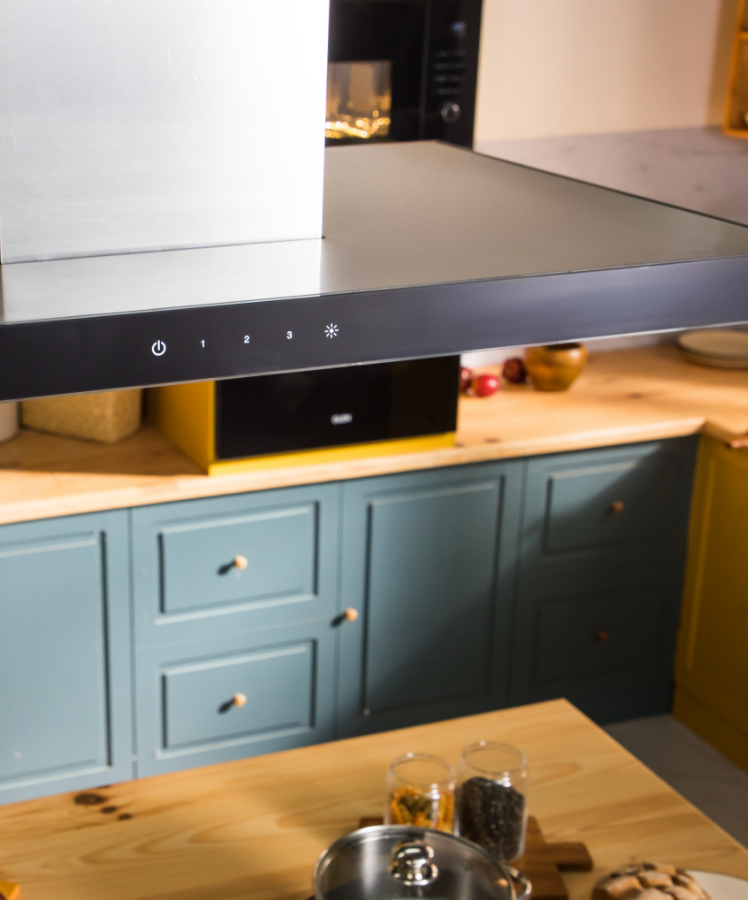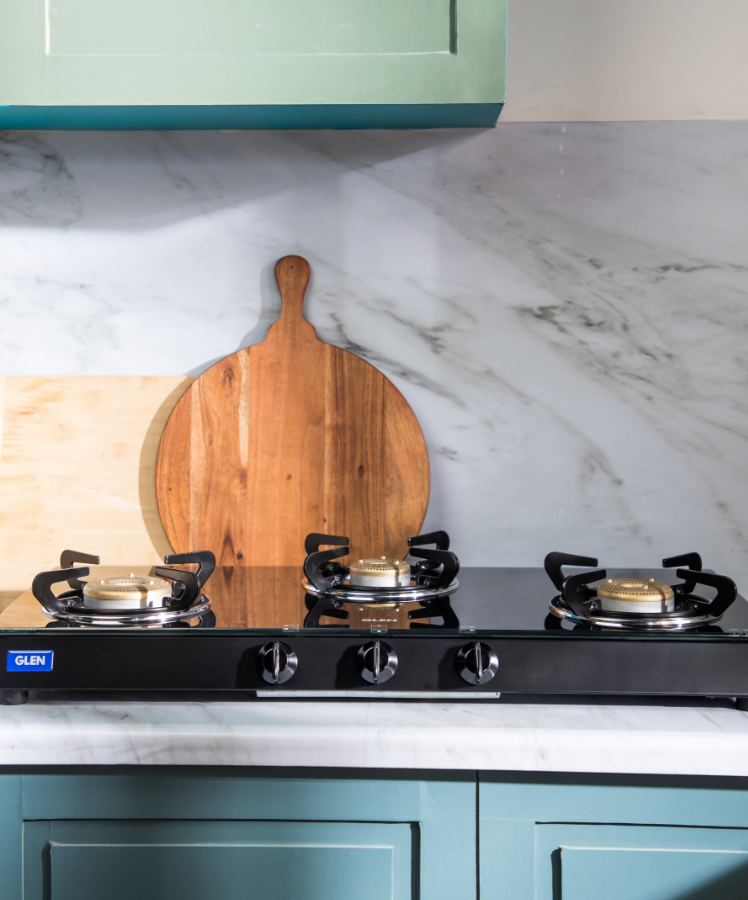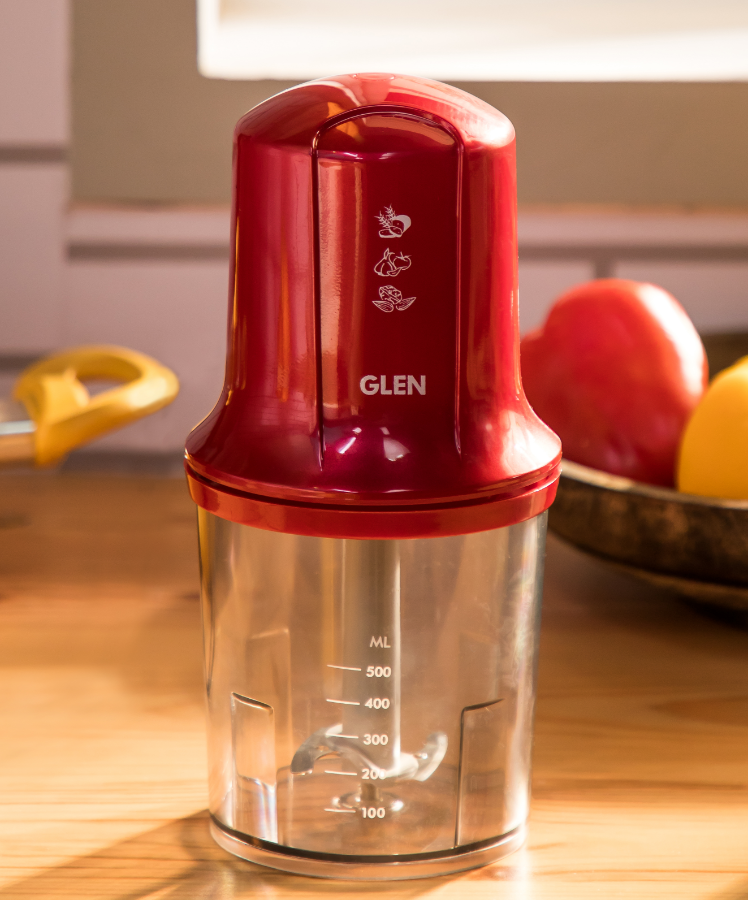

Choosing the Right Kitchen Chimney for Different Cooking Styles
Have you ever entered your kitchen after frying a nice curry or making samosas and wondered if the aroma might persist for longer than expected?
You may even have seen a residue of grease accumulating on your cabinets and walls over time. These inconveniences add up, and your kitchen can become a janitorial nightmare.
But hey, you don’t need to put up with these problems. The right kitchen chimney will allow you to not only cook smoothly, but also enjoy your meal.
If you’re a home cook who enjoys preparing some big meals, or someone who prefers simple, fast meals, there’s a chimney to fit your style. It’s not about aesthetics or manufacturer logos, but about selecting a chimney that compliments your cooking technique and kitchen design. And that’s exactly what we can do for you.
So pour a cup of tea and let’s talk about what you can do to save your kitchen from smoke, smells, and grease.
What Do You Really Want From A Kitchen Chimney?
Credits: Glen India
You cook, you experiment, you sometimes just chill out in the kitchen. But however great your recipes, every kitchen battle yields marks: smoke, residual scents, fat and grease.
A good kitchen chimney is a must-have for anyone who takes pride in a clean and safe kitchen space.
For three reasons:
- Smoke Free Eating: Frying, sautéing, or grilling adds smoke to the air that not only stings your eyes and throat but stays in your house. A chimney removes it instantly.
- Toxin Control: When you’re making fish curry or frying up spices, you don’t need your living room to smell it for hours. Fireplaces soak up strong smells and make your kitchen smell fresh.
- Grease Reduction: Over time, grease grains gather on walls, cabinets, and tiles and are clingy and difficult to remove. A chimney minimizes this issue.
- More Clean Air: Fresher air in the kitchen equals a better environment, especially if you have an open kitchen or a small space.
Other than their practical use, chimneys make your kitchen look modern.
Think of a kitchen you can cook in and not have to worry about cleaning up afterwards – that’s what a good chimney does.
Understanding Kitchen Chimney Types
There’s no one-size-fits-all chimney. It really depends on how your kitchen is set up and what you typically cook with it.
Here’s a breakdown of the primary choices:
- Wall-Mounted Chimneys
The chimneys in wall-mounted units are placed over wall-mounted cooktops. They’re the most popular choice in Indian homes and they come in different styles to match different interiors.
- Perfect for: Average wall-mounted cooktops.
- Pros: Cheap, ubiquitous, and effective in the everyday environment.
- Island Chimneys
Island chimneys are the answer to any modern kitchen that features a cooktop set on an island counter. Dropped from the ceiling, they work fine and look cool.
- Best for: Kitchens with island-style cooktops.
- Pros: Beautiful, highly functional in open kitchens.
Knowing what type of chimney would be appropriate in your environment is the first step to making a decision.
Matching Chimneys to Cooking Styles
So let’s discuss what factors in your cooking should affect your chimney choice.
Indian Food: A Lot of Heat, A Lot Of Suction!
Indian food is renowned for its spice, frying and tempered flavours. These processes produce smoke, grease and pungent smells.
- What to look for: High suction chimney (1200 m3/hr or higher), baffle filters to capture grease, and auto-cleaning systems for reduced maintenance.
-
Why: A large chimney can absorb the smoke and fat from deep-frying and tadkas without overflowing or slowing down.
Roasting & Broiling: Large Hoods Are The Secret!
Whether you bake cakes or cook kebabs, your chimney should produce steam and puffy smoke.
- What to expect: A moderate suction rate (800–1000 m3/hr) and wide hood to maximise coverage.
-
Why: Baking and grilling release microscopic granules and steam, which calls for constant suction over the surface of the cooking dish.
Simple Meals: Clean Solutions Make Sense.
You don’t need heavy-duty options for kitchens where you cook things by boiling, steaming, or barely frying.
- What to search for: An inexpensive chimney with less suctions (500–750 m3/hr).
-
Why: Easy cooking doesn’t leave much smoke or grease, which makes simpler chimneys economical and practical.
Open Kitchens: Power Matters
In open kitchens, smoke and odors can quickly diffuse beyond the kitchen.
- What to look for: An improved suction (1200 m3/hr or more) and filterless technology for continuous performance.
- Why: Open areas need good, consistent suction to keep the whole room clean.
Coordination between your chimney and your cooking means it doesn’t over-deliver or overwhelm.
Essential Features of a Kitchen Chimney. 
Credits: Glen India
Here’s a list of what you need to know about your chimney to get the best out of it:
-
Convection: This is the key point. The higher the suction power the better for heavy-duty cooking, and medium for simple use.
- Filters:
- Baffle Filters: Perfect for Indian preparation as they remove grease easily.
- Filterless Chimneys: Easy-to-maintain, suitable for the contemporary kitchen.
- Auto-Clean Technology: Saves time cleaning by collecting grease and oil in an easily removable tray.
- Noise: A quiet chimney (less than 58 dB) makes cooking quiet.
- Size and Design: The chimney should fit in with the decor of your kitchen and enclose your cooktop completely.
Maintenance Tips for Longevity
Keeping your chimney clean keeps your kitchen clean and your investment safe. Follow these simple tips:
- Proper Cleaning: Clean baffle filters every 2–3 weeks, or wash the filter on auto-clean, if available.
- External Cleansing: Wipe the outside with a soft detergent to remove grease marks.
- Professional Repairs: Take your motor in for yearly check-ups to ensure that the motor and other components are running smoothly.
Budget Advice - Get Good Value For Your Money
When buying a chimney, you have to consider the cost. Here’s a rough guide:
- Starting Costs: 5,000–8,000 for basic chimneys, suitable for light cooking.
- Mid-Range: 9,000–15,000 for mid-range chimneys with increased suction and extra options.
- High End: 15,000+ for models that incorporate cutting-edge technologies such as auto-clean and filterless features.
Why Glen India Stands Out?
If you’re overwhelmed by all the possibilities, let us show you where to look. The Glen India brand is one of the leading brands in kitchen appliances, and their chimneys are dependable, stylish and packed with all the features you need.
Popular picks include:
- Auto-Clean Chimneys: For serious Indian preparations.
- Island Chimneys: For open kitchens with islands.
- Filterless: For those who want low-maintenance options.
A Smoke-Free Future Awaits
Your kitchen should be a space for fun and creativity, not tension and cleaning fiascos. With the correct kitchen chimney, you’ll be able to do what you do best: cook.
Whether you want to improve your kitchen, consider Glen India for chimneys that deliver efficiency, dependability, and style. Smoke-free cuisine is in your hands!



















Leave a comment